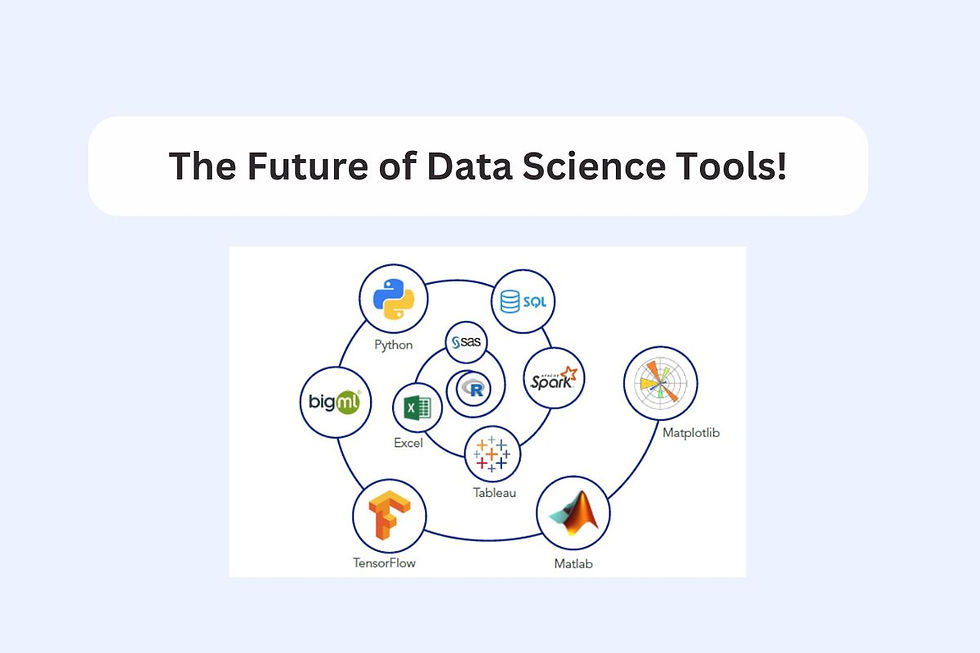Building a RESTful API with Django for Full Stack Development
- archi jain

- Mar 22, 2024
- 2 min read

In today's digital landscape, building robust web applications requires effective communication between the frontend and backend components. RESTful APIs serve as the bridge between these two layers, facilitating seamless data exchange and interaction. In this guide, we'll explore how to construct a RESTful API using Django, a powerful web framework for Python developers, to support full stack development.
What is a RESTful API?
Before delving into the technical details, let's clarify what a RESTful API is. REST stands for Representational State Transfer, a software architectural style that defines a set of constraints to create scalable and flexible web services. A RESTful API adheres to these constraints, making it predictable, easy to use, and interoperable.
At its core, a RESTful API enables clients (such as web browsers or mobile apps) to interact with server-side resources (such as databases or other services) using standard HTTP methods (GET, POST, PUT, DELETE) and data formats (JSON or XML).
Setting Up Your Django Project
To begin building our RESTful API with Django, we first need to set up our project environment. Ensure you have Python and Django installed on your system. You can create a new Django project using the following command:
Next, navigate into the project directory and create a new Django app:
Defining Models and Serializers
In Django, models represent the structure of your database tables, while serializers help in converting complex data types (such as querysets or model instances) into native Python data types (such as dictionaries).
Let's create a simple model for our API. Open the models.py file within your api app and define a model:
Now, let's create a serializer for our Item model. Create a new file named serializers.py within your api app and define a serializer:
Creating Views and URLs
With our model and serializer in place, let's create views to handle HTTP requests and define URLs to map these views.
Open the views.py file within your api app and define a view:
Now, let's define URLs to map our views. Open the urls.py file within your api app and define URL patterns:
Testing Your API
Looking to enhance your Python skills? Consider joining a reputable Python training institute in Chandigarh, Delhi, Ghaziabad, or other cities near you. These institutes offer comprehensive courses taught by experienced instructors, covering everything from basic Python programming to advanced topics like web development with Django.
Whether you're a beginner or an experienced developer looking to expand your skill set, enrolling in a Python training program can provide you with the knowledge and expertise needed to excel in today's competitive job market. Additionally, many institutes offer flexible learning options, including online classes and weekend workshops, making it convenient for working professionals to pursue their education.
By investing in your Python education, you'll open up a world of opportunities in various industries, including software development, data science, machine learning, and more. So why wait? Enroll in a Python training institute today and take your coding skills to the next level!
Conclusion
Congratulations! You've successfully built a RESTful API using Django for full stack development. This API can now be consumed by frontend applications, mobile apps, or any other client that supports HTTP communication. With Django's powerful features and the flexibility of RESTful APIs, you can create dynamic and interactive web applications with ease. Happy coding!








Comments